Accounting > SOLUTIONS MANUAL > Solutions Manual for Introduction to Federal Income Taxation in Canada 43e (2022-2023) Edition By Na (All)
Solutions Manual for Introduction to Federal Income Taxation in Canada 43e (2022-2023) Edition By Nathalie Johnstone, Devan Mescall, Julie Robson
Document Content and Description Below
Solutions Manual for Introduction to Federal Income Taxation in Canada 43e (2022-2023) Edition By Nathalie Johnstone, Devan Mescall, Julie Robson Table of contact CHAPTER 1 Introduction ... CHAPTER 2 Liability for Tax CHAPTER 3 Employment Income CHAPTER 4 Income from Business: General Concepts and Rules CHAPTER 5 The Capital Cost Allowance System For Depreciable Property, Including Intangibles CHAPTER 6 Income from Property CHAPTER 7 Capital Gains: Personal CHAPTER 8 Non-Arm’s Length Transfers and Other Special Circumstances CHAPTER 9 Other Sources of Income and Deductions in Computing Income CHAPTER 10 Computation of Taxable Income and Taxes Payable for Individuals CHAPTER 11 Computation of Taxable Income and Tax After General Reductions for Corporations CHAPTER 12 Integration for Business and Investment Income of the Private Corporation CHAPTER 13 Shareholder-Manager Remuneration and Tax Planning for the Owner-Manager CHAPTER 14 Rights and Obligations Under the Income Tax Act CHAPTER 15 Purchase and Sale of a Business – Share Transactions CHAPTER 16 Corporate Distributions, Asset Sales and Winding-Up, and Sales CHAPTER 17 Tax Deferred Transactions: Section 85 Rollover on a Transfer to a Corporation CHAPTER 18 Deferred Transactions: Section 51, 86, 85.1 Amalgamations, Wind-Ups and Estate Freeze Transactions CHAPTER 19 Partnerships, Trusts and Death of a Taxpayer CHAPTER 20 International Taxation in Canada CHAPTER 21 Goods and Services Tax (GST)/Harmonized Sales Tax (HST) CHAPTER 22 Data Analytics and Information Systems in Tax Short Sample Chapter 2 Solution Manual CHAPTER 2 Liability for Tax Solution 1: Individual residency — Multi-Part Gather all the facts leading up to, during, and after the move. Develop your best arguments for both resident and non-resident status. Be balanced in your analysis. Analyze the strengths and weaknesses of your arguments by evaluating the facts rather than simply classifying or listing the facts. Arrive at a conclusion of resident, non-resident, or deemed resident consistent with your analysis. If there is a change in residency status, then determine the date on which that change most likely took place. In the year of change the individual will be a part-year resident, i.e., resident for part of the year and non-resident for part of the year. If your conclusion is non-resident, then did the individual sojourn in Canada for 183 days or more while a non-resident? If there is a change in residency status, then determine how the individual will pay tax: before the date on which their residency changed, after the date on which their residency changed, and for the year in which their residency changed. (a) Anthony and his wife both moved to Canada this year and have indicated an intention to stay permanently. We don’t have any information on how they cut their ties with their home country or how they established their ties in Canada. We also don’t have any information on their immigration status. Assuming Anthony has made a fresh start in Canada this year, he will be considered to have become a resident in this year. While his wife and children moved on December 15th, he will likely be considered to have become a resident on the earlier date. His wife and children will become residents on December 15th. Because Anthony had a change in residency in the year, the next step is to determine when his clean break/fresh start took place. In this case there is limited information so the obvious choice is March 1st. As of March 1, this year, he will be taxed in Canada on his world income. He will also be deemed to have acquired any capital property that he owned on that date at fair market value, so his cost base in Canada will be that fair market value. Also, because he had a change in residency in the year, he is considered a part-year resident. Accordingly, he will be taxed on his worldwide income from March 1 to December 31. Prior to March 1, he would only pay Canadian tax on income from Canadian sources. (b) Lubie is a US citizen who has lived there her entire life. She does not have property or family in Canada. Since she only spends her working hours in Canada, it would be reasonable to assume that her strongest ties are to the United States. Her trading activities can be conducted from either her US home or from her Canadian workplace. Since all of her primary residential ties are to the United States, the evidence would suggest that she would be considered resident of the United States. The 183-day sojourner rule would not apply, because Lubie does not stay in Canada overnight. Since there is no change in residency status, she is not a part-year resident. In Canada, as a non-resident, she will be taxed on her employment income as she is “employed in Canada”. There will also be withholding tax on any investment income earned in Canada. As a US citizen and resident, Lubie will be taxed in the United States on her world income. Therefore, she will have to apply for a foreign tax credit on her US return for the tax she pays in Canada. [Show More]
Last updated: 1 year ago
Preview 1 out of pages
Instant download

Buy this document to get the full access instantly
Instant Download Access after purchase
Add to cartInstant download
Reviews( 0 )
Document information
Connected school, study & course
About the document
Uploaded On
Jan 13, 2023
Number of pages
Written in
Additional information
This document has been written for:
Uploaded
Jan 13, 2023
Downloads
0
Views
9



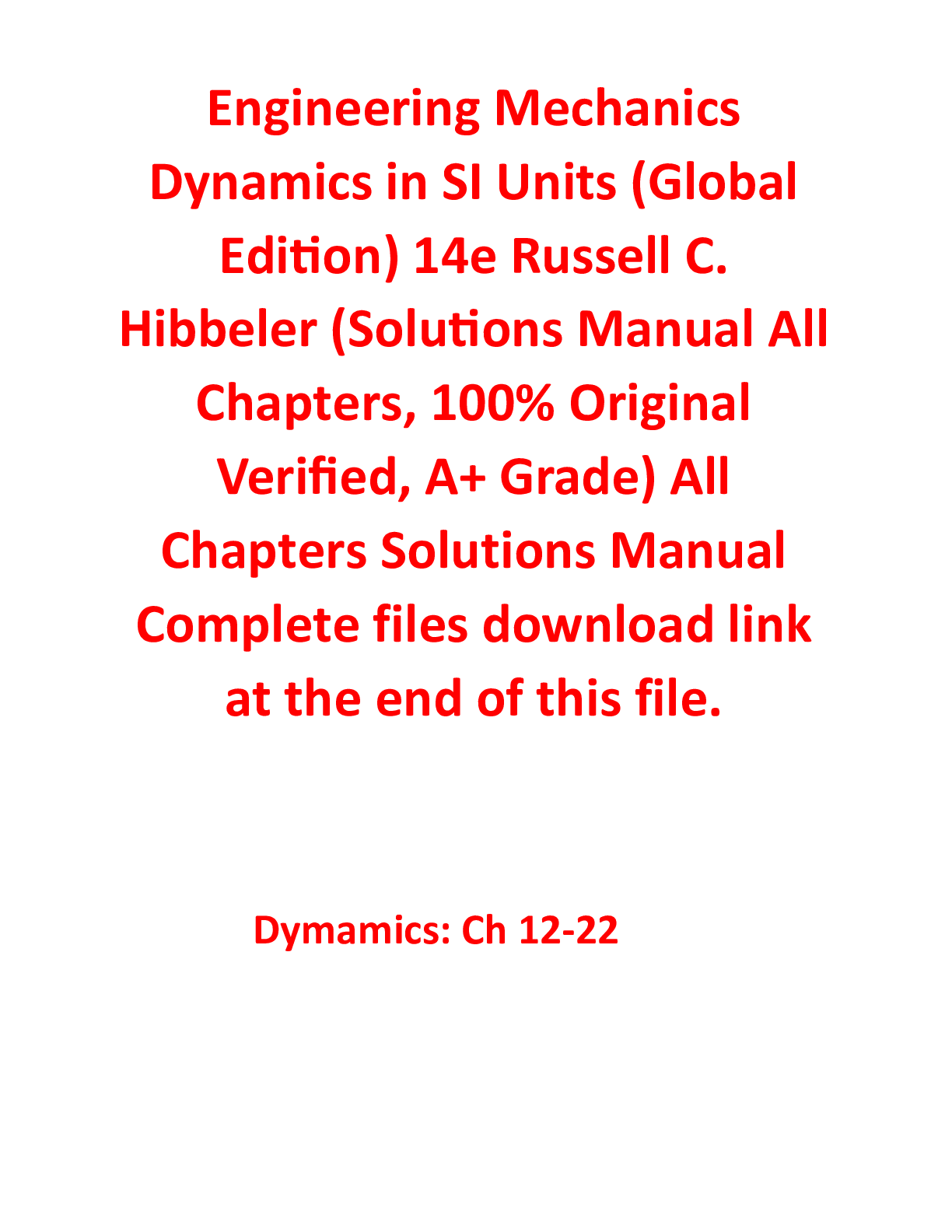
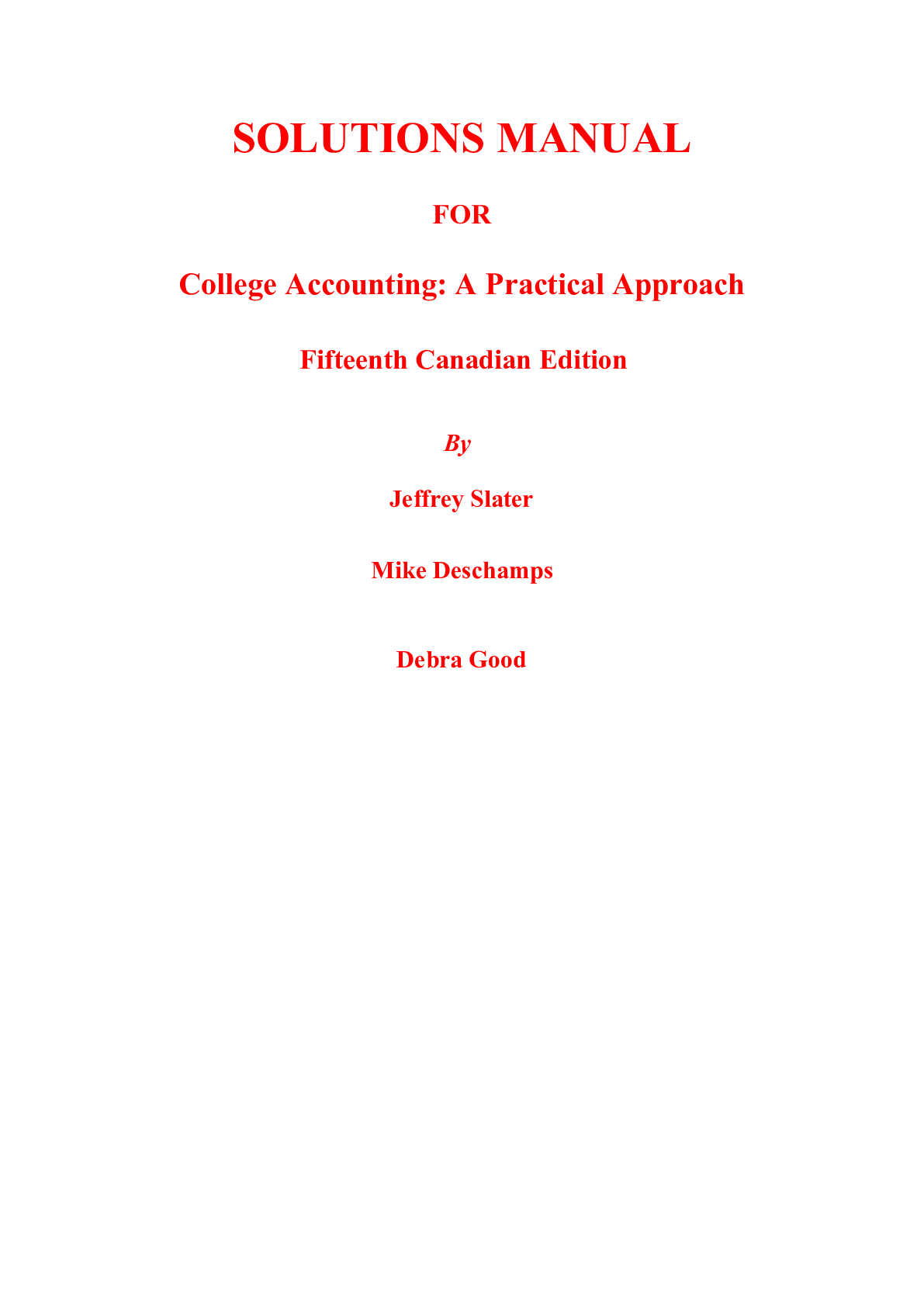
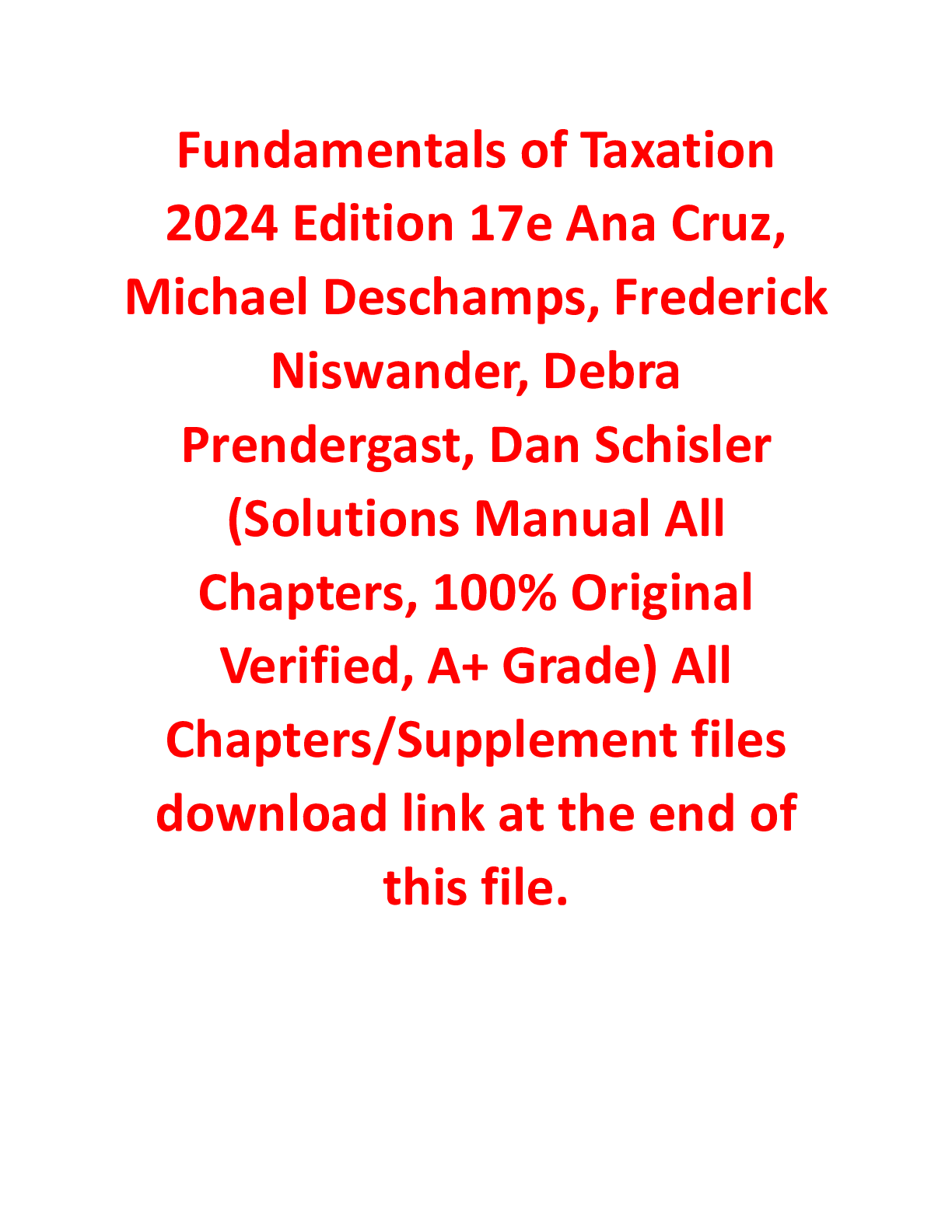
.png)


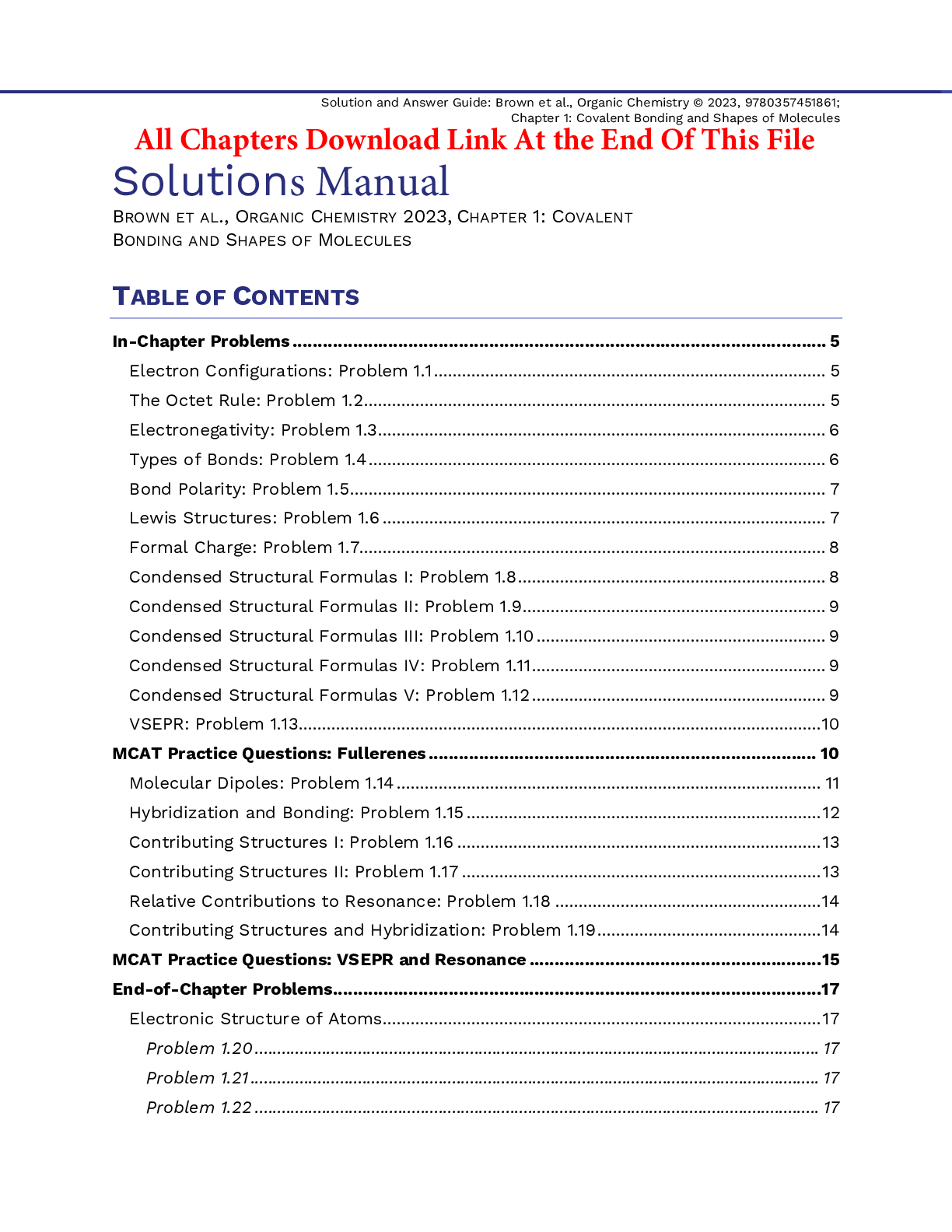
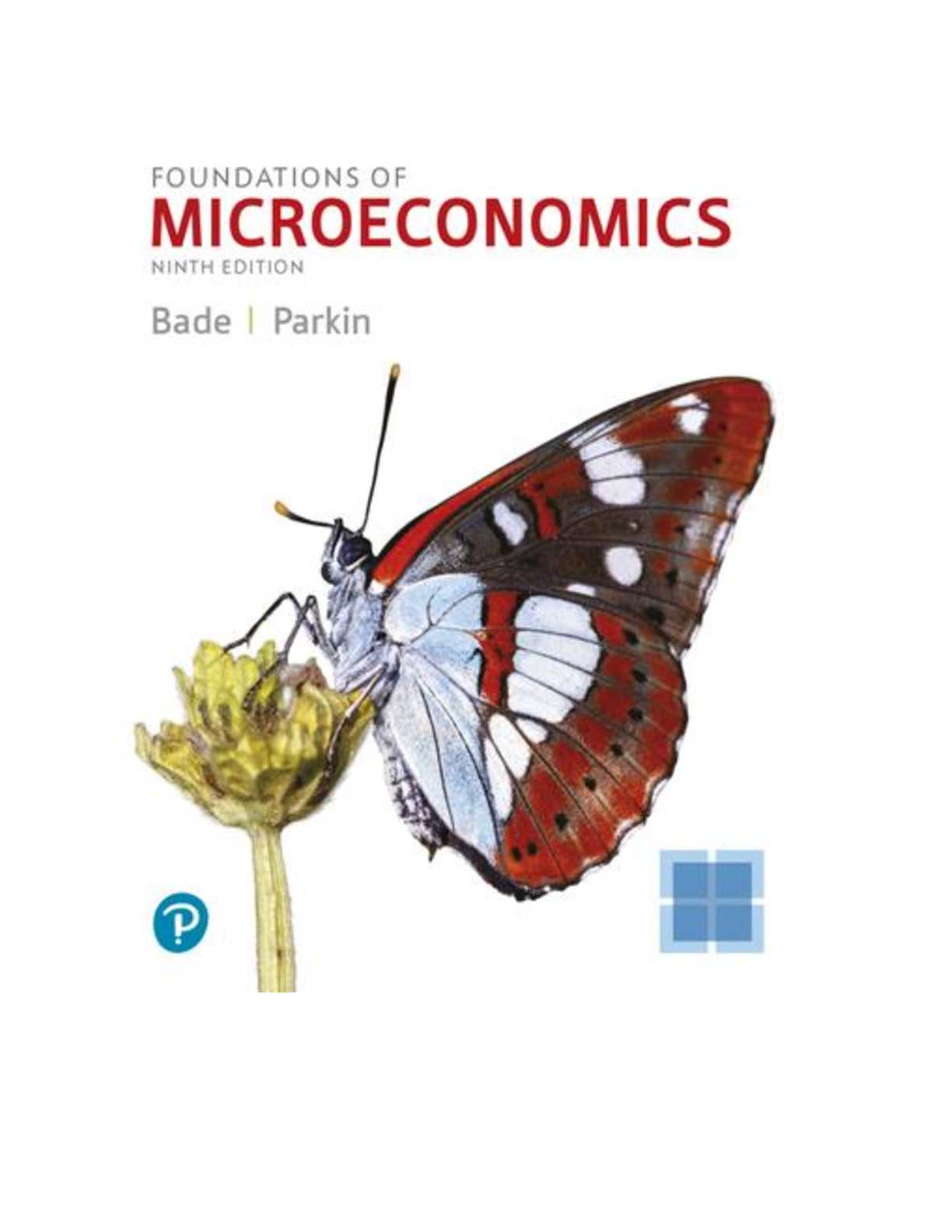
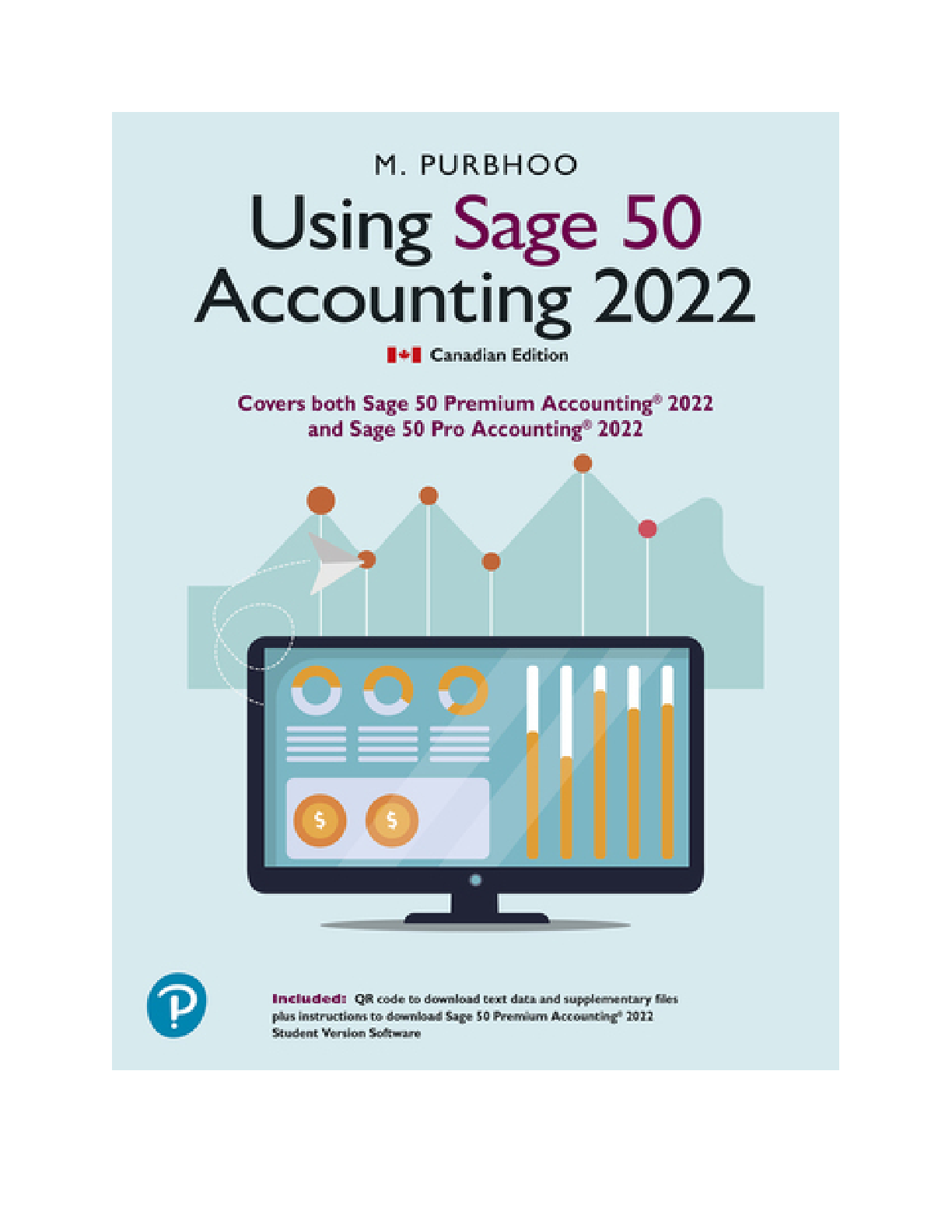
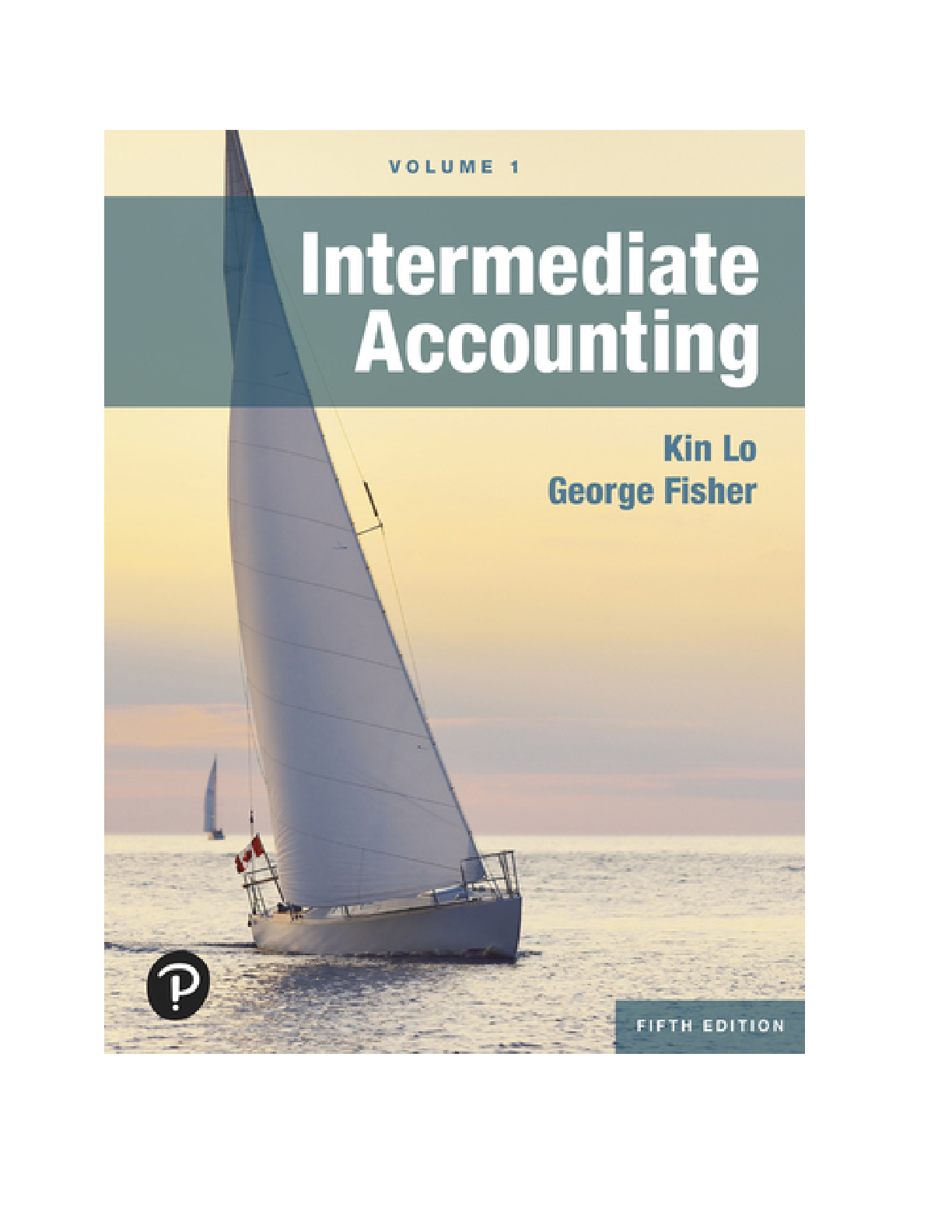
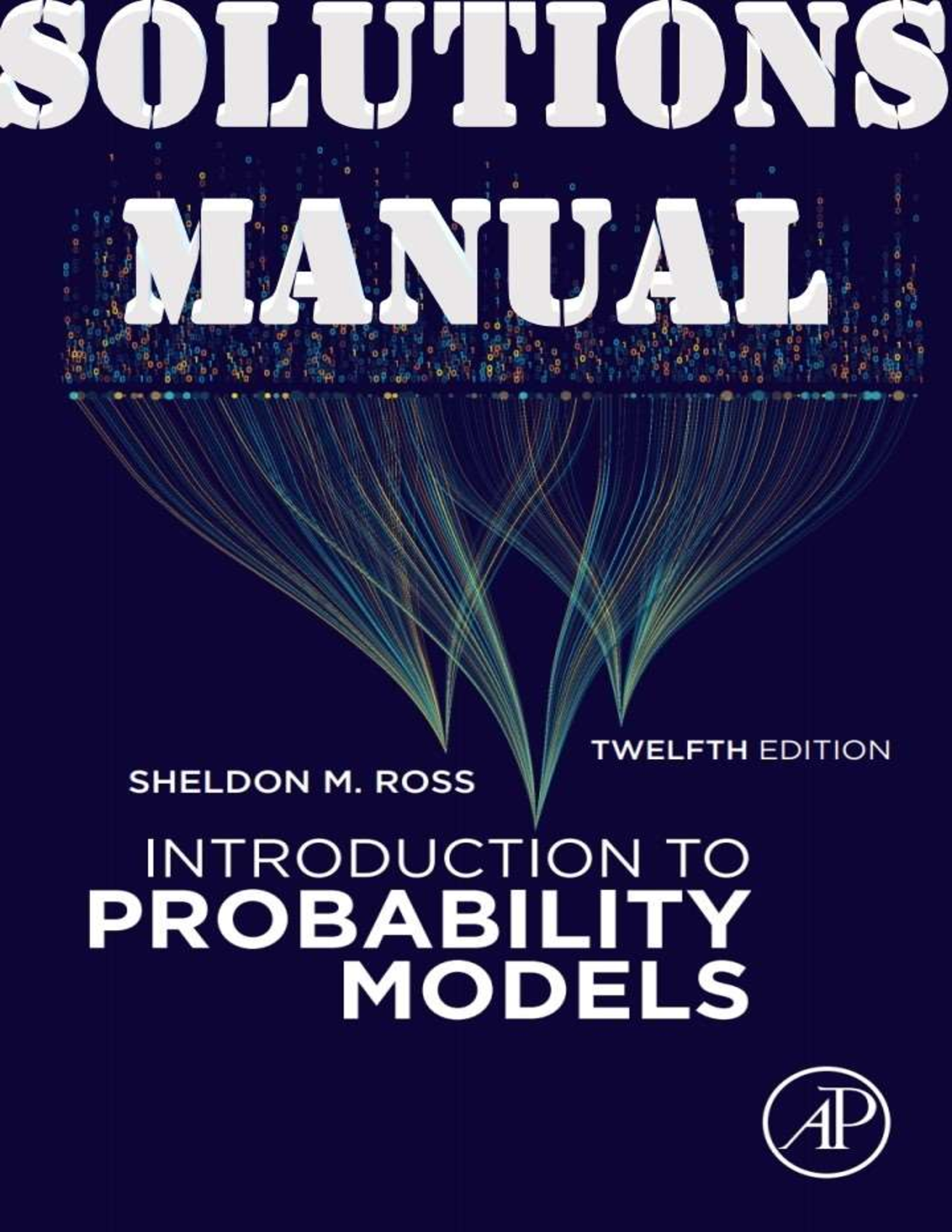

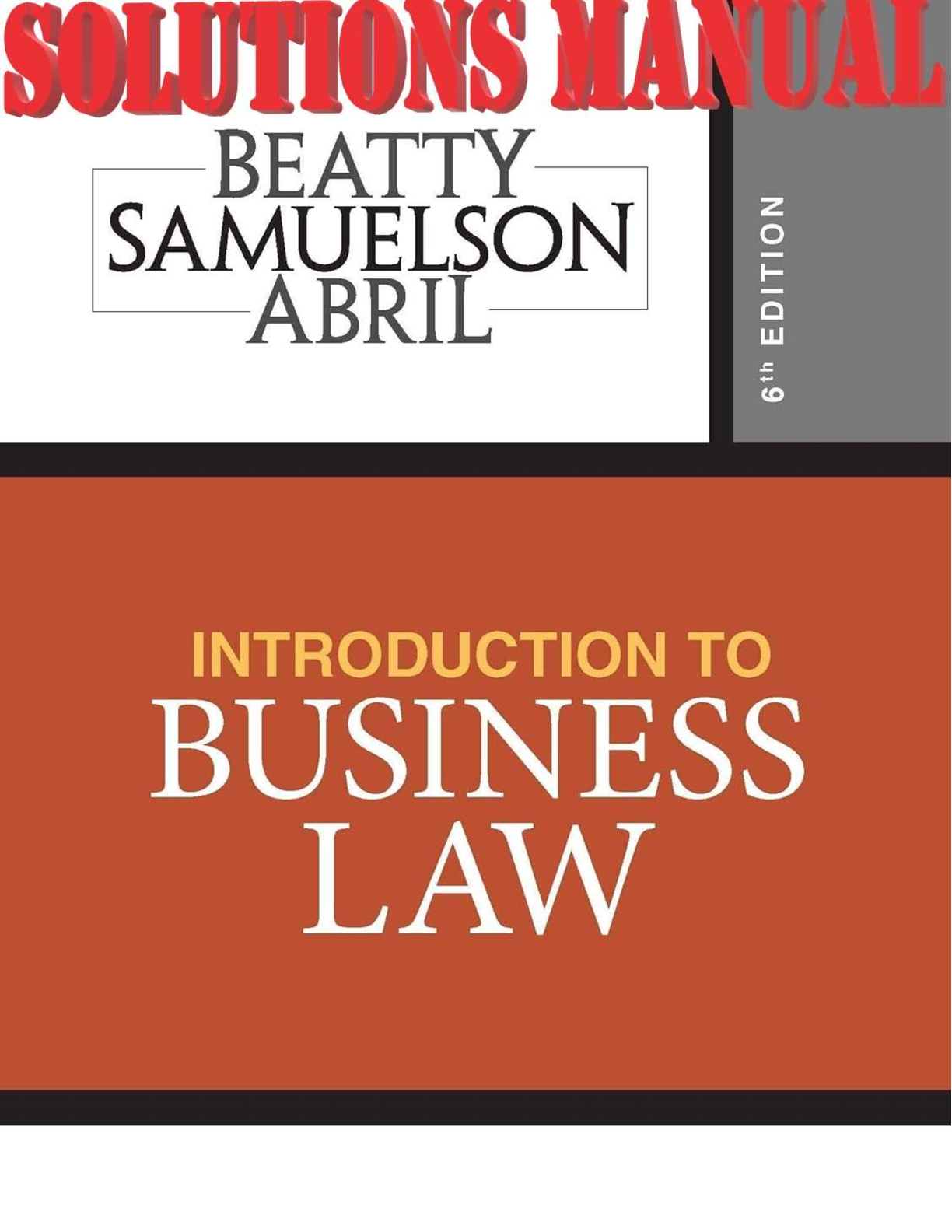
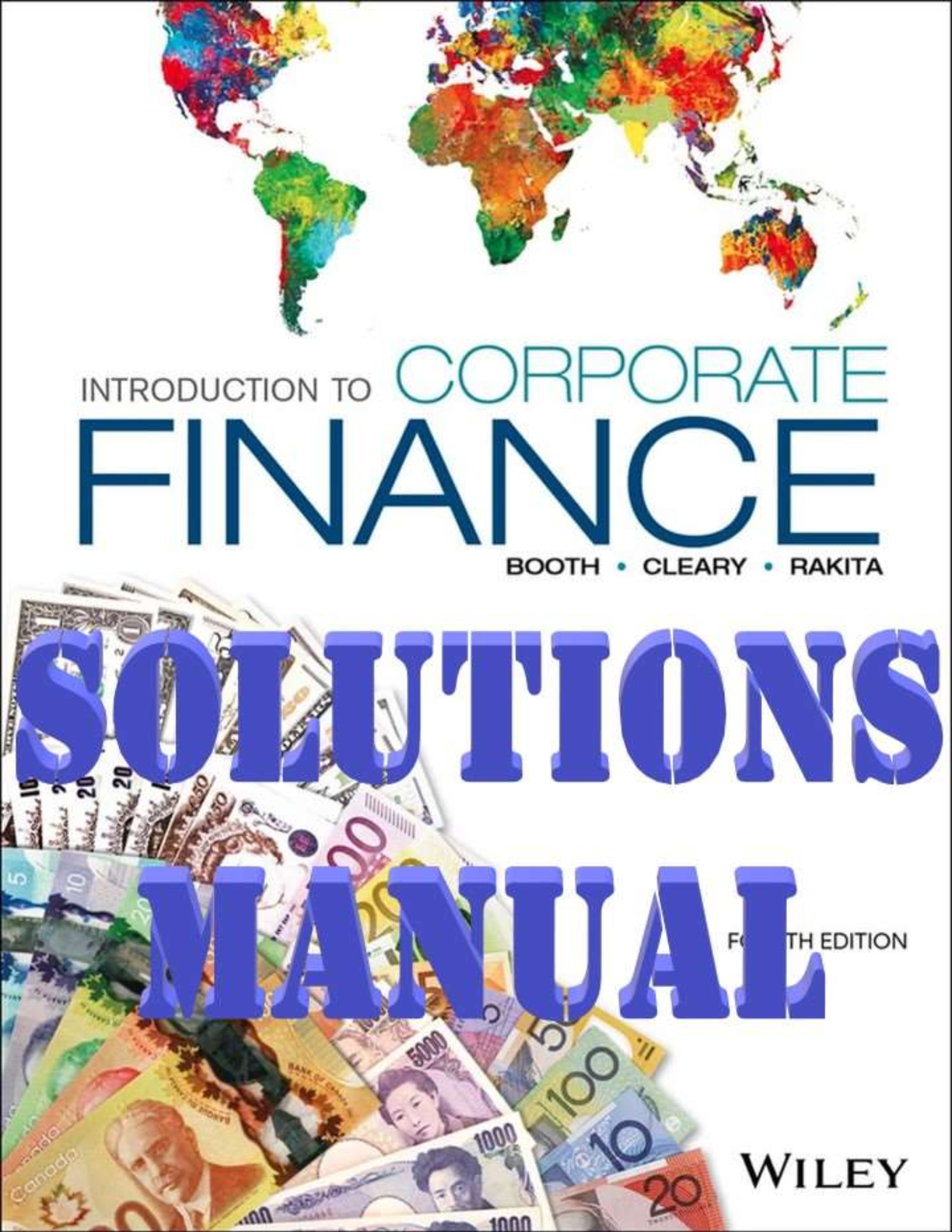

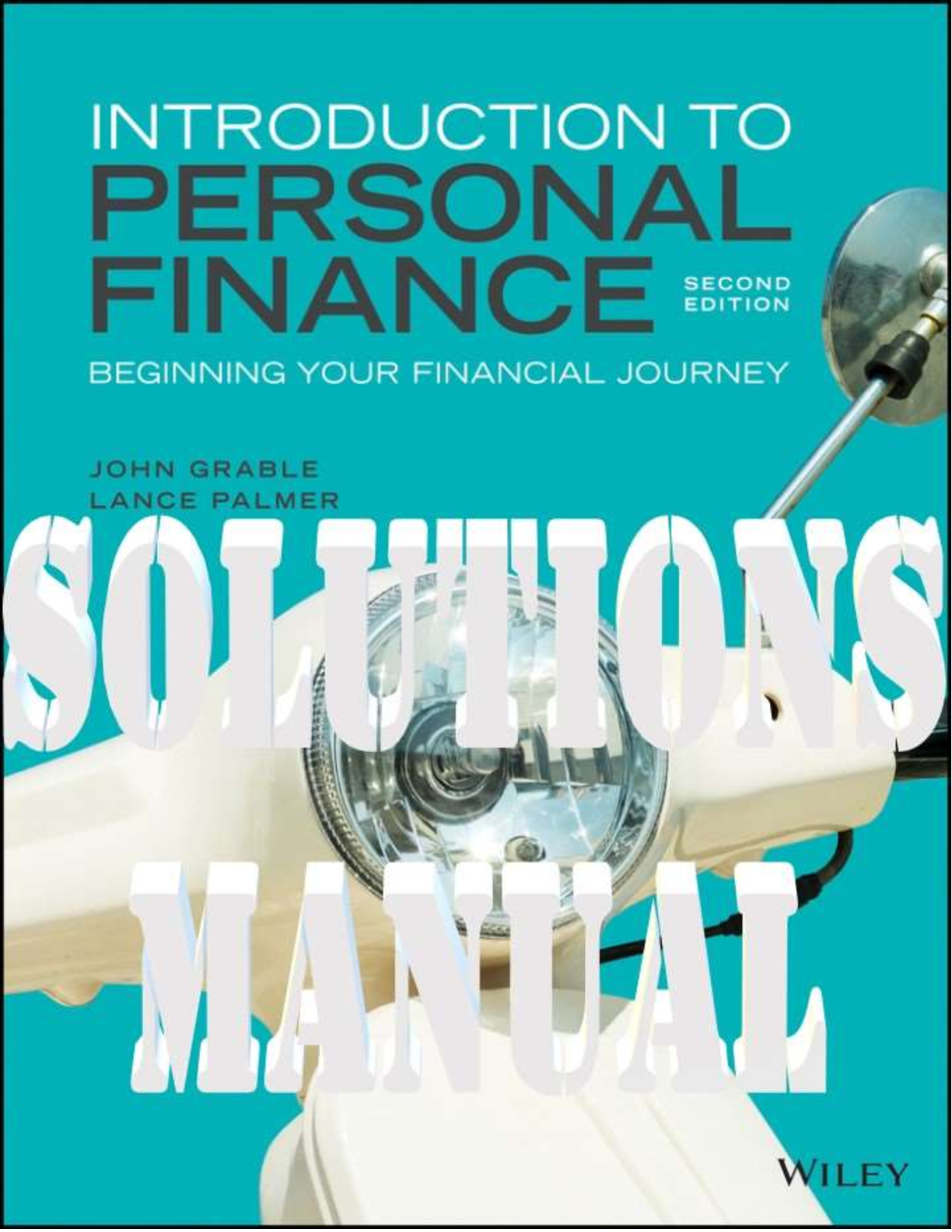
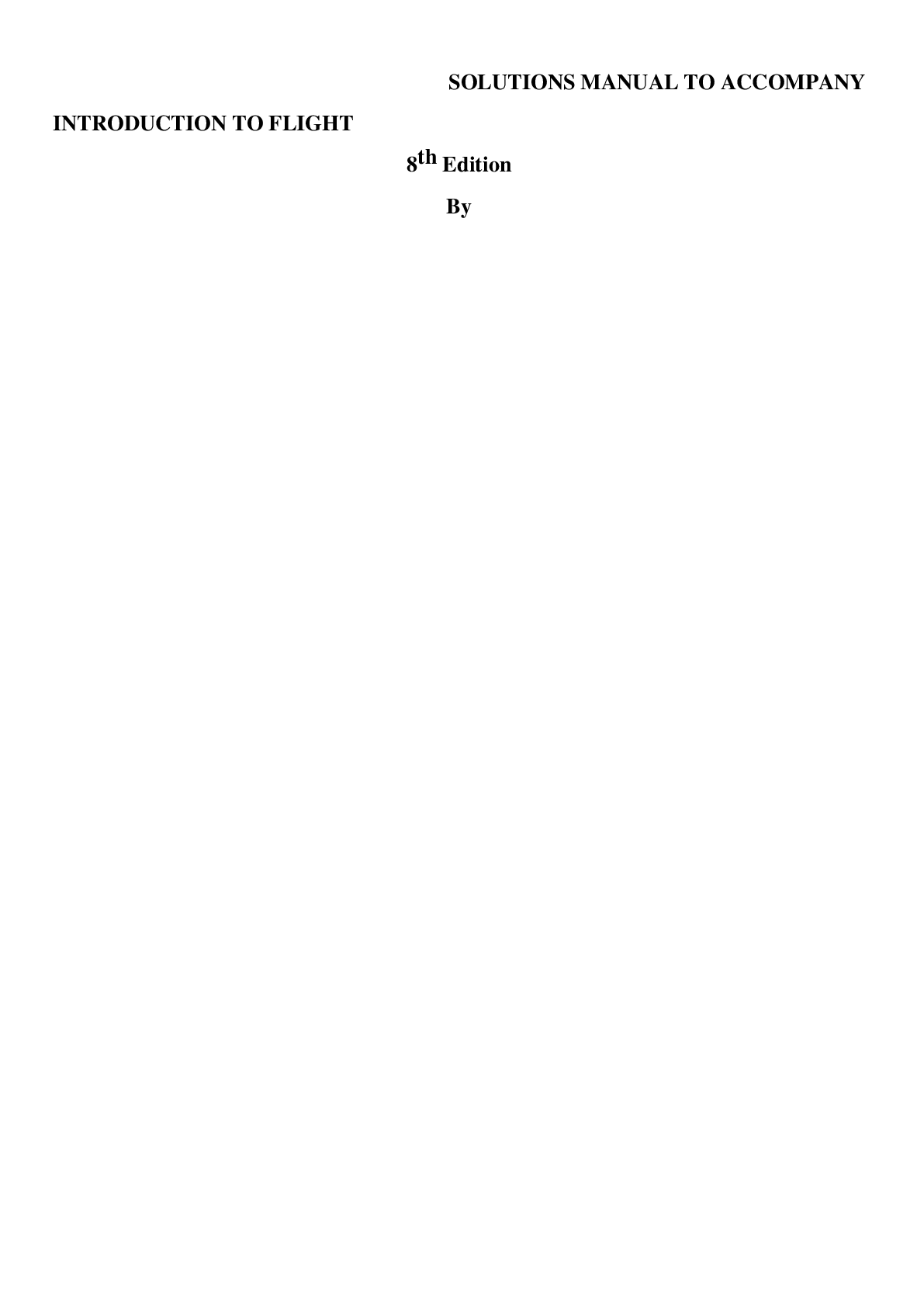
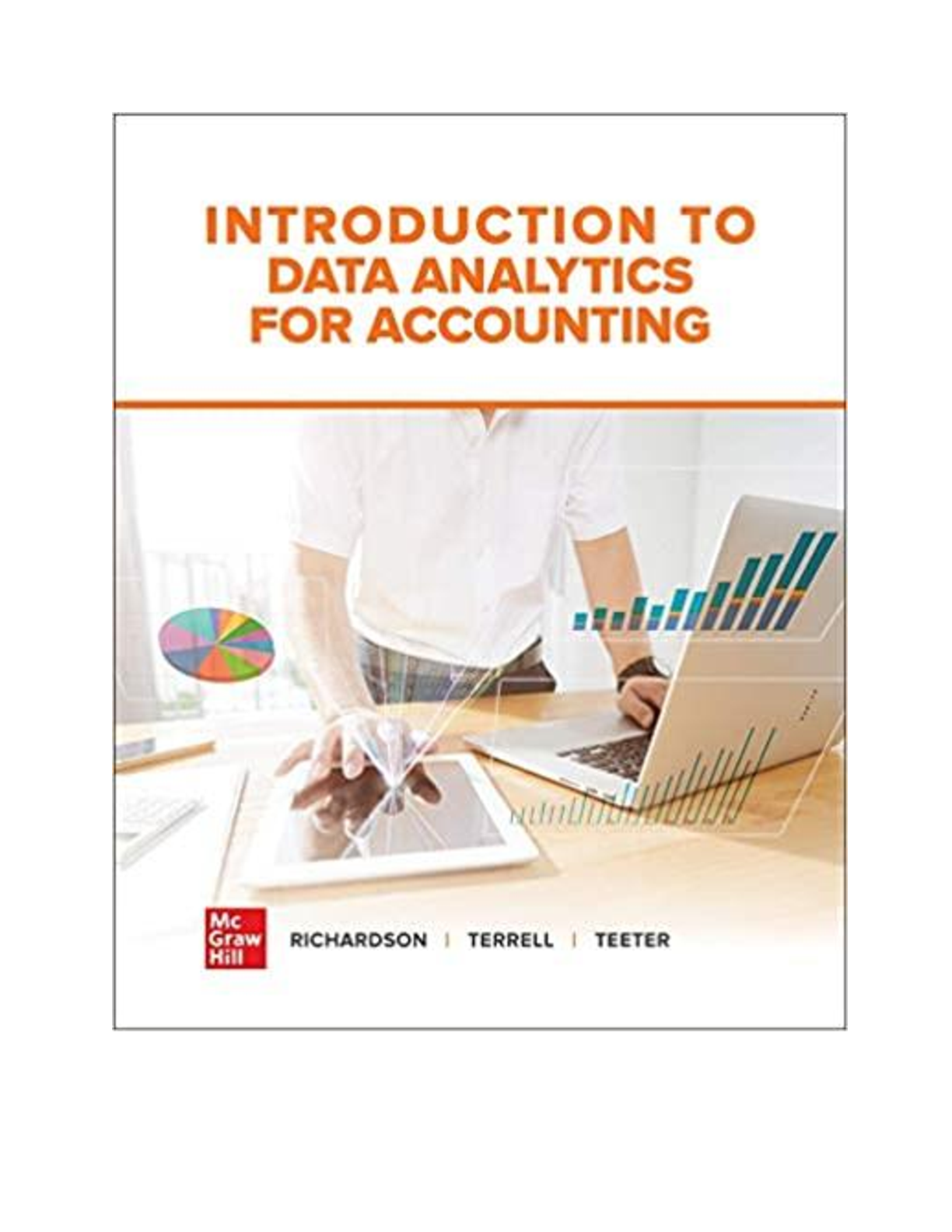
 Edition By Nathalie Johnstone etc.png)


